
About Micro-Credentials and Digital Badges at TUC
Digital badges are a great way to share your educational achievements and new competencies with employers, colleagues, friends, and family via social platforms (e.g., LinkedIn, Facebook, and X). Digital badging is rapidly becoming the new standard by which adult learners visually communicate their ongoing professional development and commitment to lifelong learning.
What is a Digital Badge?
A digital badge is a graphic verification of competencies and various learning achievements a learner has mastered after successfully completing a specific course, program, or experience. Digital badges should include metadata (e.g. badge name, criteria for badge) on the evidence of learning and link back to the sponsoring institution and evaluation criteria.
Why Earn a Badge?
There are many benefits to earning a badge?
- Keep current: Up-skill and re-skill, while you receive training and work experience
- Strengthen your narrative and digital identity: Communicate your skills to employers
- Stand out when you showcase your skills - Get verified and share you badges
- Continue learning
Earning, Qualifying and Displaying Your Badge
How do I qualify for a badge?
If a course or program is available for badging and you have demonstrated capability according to specific criteria established for the badge, you will automatically become eligible to claim a badge for that course. Once your achievement of the badge standard has been confirmed, you will receive an email notification from “Touro University Badging (noreply@badgr.com)” with instructions for claiming your badge and setting up your account.
View all the Touro University programs that offer badges.
How does my certification get displayed as a badge?
We have partnered with Canvas Credentials to translate the learning outcomes you’ve demonstrated into a badge, issued and managed through Canvas Credentials. The technology Canvas Credentials uses is based on the Open Badge Standards maintained by IMS Global. This enables you to manage, share and verify your competencies digitally.
To claim your badge create an account or log in to your existing profile on our partner site, Canvas Credentials. This playlist provides tutorials for how to accept and share your badge to your backpack and other social media websites after it has been awarded.
What types of badges does Touro University offer?
Each Touro University badge is designed to take students from the basic understanding of a topic through application of skills in a real-world professional work setting.
Tier 1 Badge: Experiential
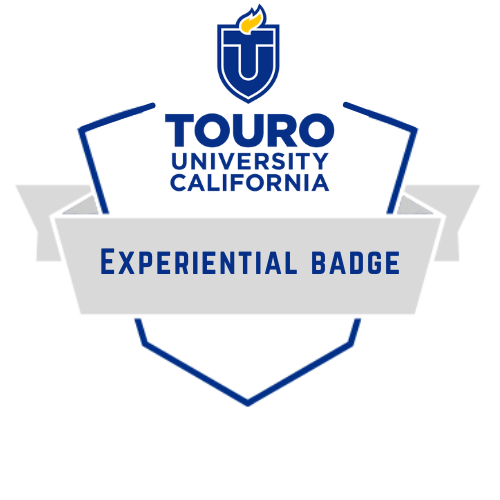
Often awarded when the learner has attended or participated in a specific learning event
- awarded to learner who has completed specific experiences that increase knowledge around a specific topic or involves hands-on practice of applying new skills
- no requirement of a formal assessment of the knowledge and/or skills gained
Tier 2 Badge: Skills
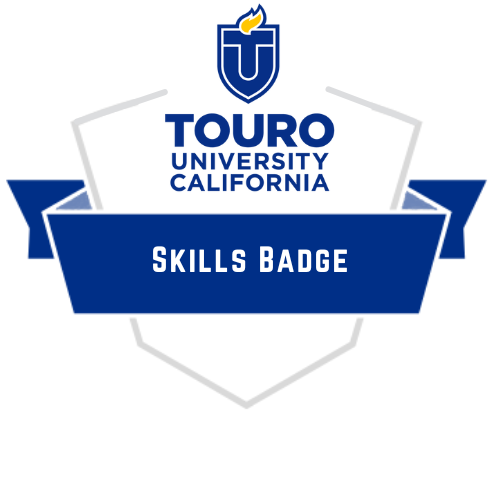
Showcase specific competencies from open skills library
- awarded to learners who have completed a learning experience that results in one or more professional skills
- the assessment must measure the act of completing the skill and not just the knowledge required to complete the skill
Tier 3 Badge: Non-Credit
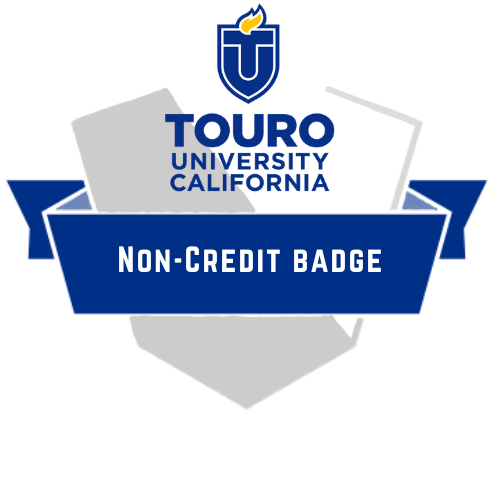
May be associated with existing courses, but the learner may not complete the same expectations as a for credit student
- awarded to learners who have completed formal and informal types of learning
- a significant learning experience, representing more than a single skill, which is evaluated by the completion of assessment or the creation of a product
Tier 4 Badge: Credit
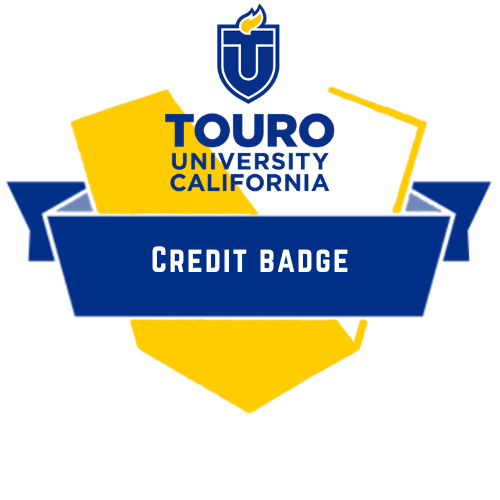
Complete the same expectations to earn a credit badge as they would if they were enrolled in the course for undergraduate or graduate credit hours
- awarded to learners who have completed a learning experience derived from existing academic work
- always associated with existing undergraduate or graduate course
Badge Authenticity
How do I know that a badge is valid?
Badges are different from regular digital images found online in that badges and micro-credential contain immediately verifiable information that is coded into the image. When a badge is awarded, metadata about the badge, recipient and issuer are baked into the award. This makes a badge using the Open Badge Standards very hard to fake, forge or copy. For example, a badge may be shared with a hiring committee who could then immediately verify the badge issuer, recipient, date of award and other information about the award. This prevents an actual recipient from giving their badge to a friend who might feign that they earned the badge themselves. With Canvas Credentials, you can share a badge from your backpack and choose to include the recipient identifier (typically an email address), so that the badge consumer can not only verify the nature of the award but also to whom it was awarded.
BadgeCheck.io can be used to verify badges and badge recipients. Badge verification is an all-or-nothing process. All data contained within the badge must be verified for it to be considered a valid digital badge. This includes information about the issuer, badge award and recipient. If one of the data points can't be verified, then the badge is considered invalid even if some of the information is correct. Please note that some verification results may be of a technical nature.
For more information, please visit Verify badges using BadgeCheck.io in the Canvas Community.
How do I know that the organization awarding the badge is reputable?
You should explore the credibility of the organization awarding the badge in much the same way you would investigate any professional learning provider. For example, if you were interested in a degree program at Touro University California, you would find out more about the university, the specific degree, and what graduates of the program end up doing. Be sure to look at who is issuing or awarding the badge or micro-credential. Is it a reputable organization (e.g., a university, professional association, or industry leader)? Does the organization have a clear and transparent process for awarding and verifying the badges and credentials (e.g., the Open Badge Standards)? Does it provide evidence of the learning outcomes and standards that the badge or micro-credential represents? You can check the issuer's website, social media, or online reviews to find out more about their reputation and credibility. In our case, Touro University California is a nonprofit university established in 1997 that is focused on graduate programs with over 100,000 alumni. Touro University California is part of the larger Touro University System that was established in 1970, and it currently has 36 schools in four different countries.
How do I know that this is an official Touro University badge?
There are two ways to help you determine if a badge is an official Touro University badge. The first way is to click on the badge, which will take you to the website associated with that badge. In the top left hand corner, you should see a green check mark and the word “Verified.”
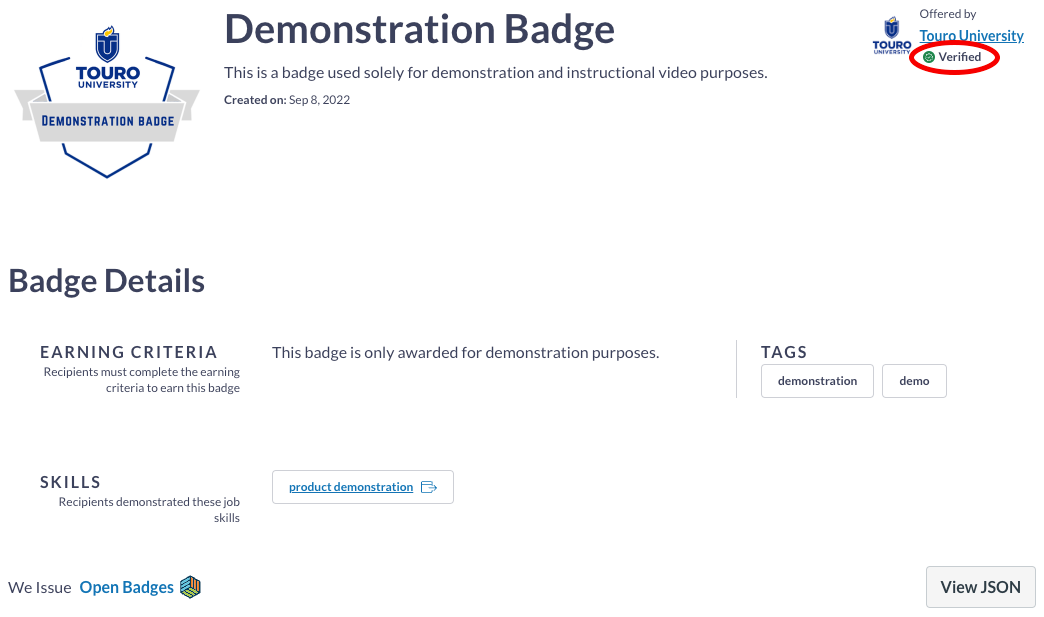
The second way is to click on the organization name under the “Offered by” in the top left hand corner, which will take you to the Issuer page for the organization that awarded the badge. Underneath the organization’s name or logo you should again see a green check mark and the word “Verified.”
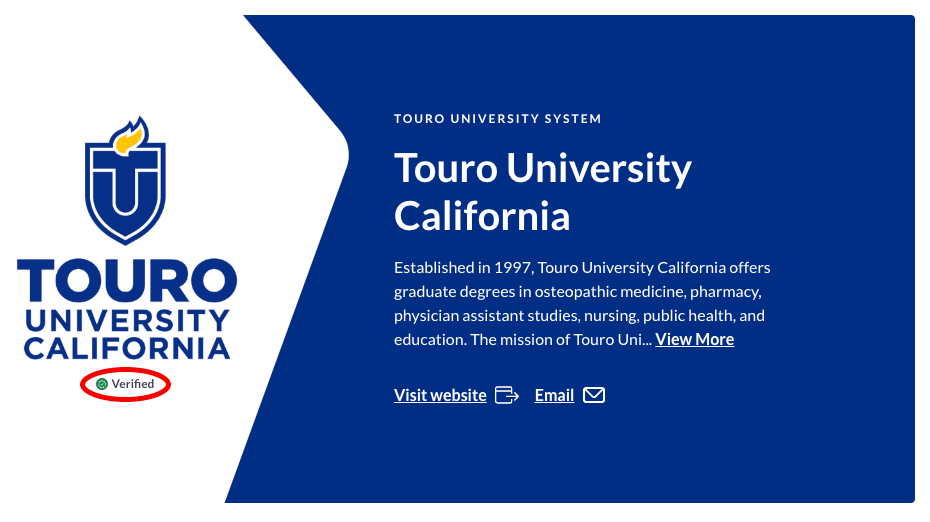
What is a Micro-Credential
The term “micro-credential” can mean a variety things to different groups, and the lack of an agreed upon definition can make it confusing. At Touro University, a micro-credential is an award consisting of more than a single badge (representing more than a single course or learning experience), but less than a full certificate or degree. Within the Canvas Credentials environment used by Touro University, it is an award earned by learners who have successfully completed the right sequence of badges in a particular pathway.
Can I Stack Badges to Make a Micro-Credential?
A thematic series of stackable badges can be packaged as a micro-credential. Micro-credentials take the form of a “pathway,” and are represented by a pathway badge. A pathway is automatically earned when the learner has completed the right sequence of badges (e.g., by completing Credit Badge 1, Credit Badge 2 and Credit Badge 3, the learner is automatically awarded Credit Micro-Credential).
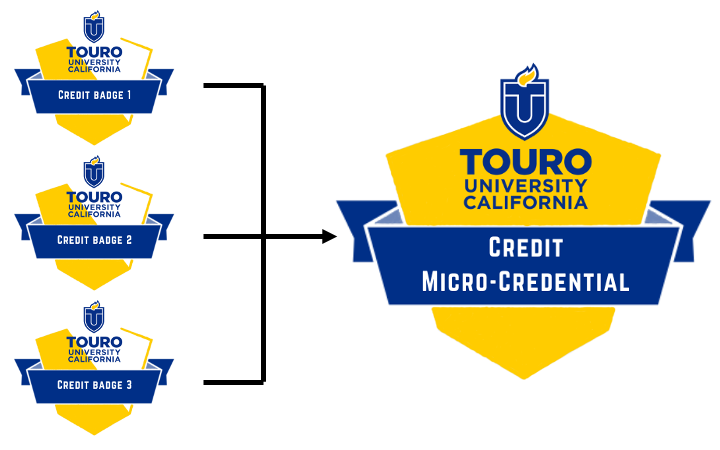
Touro University offers non-credit and credit micro-credentials.
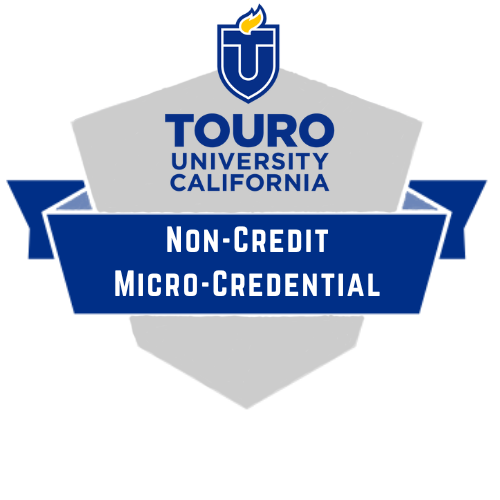
Tier 3 Micro-Credential: Non-Credit
- must include at least two (2) non-credit badges
- should include a minimum of fifty (50) hours of work on the part of the learner
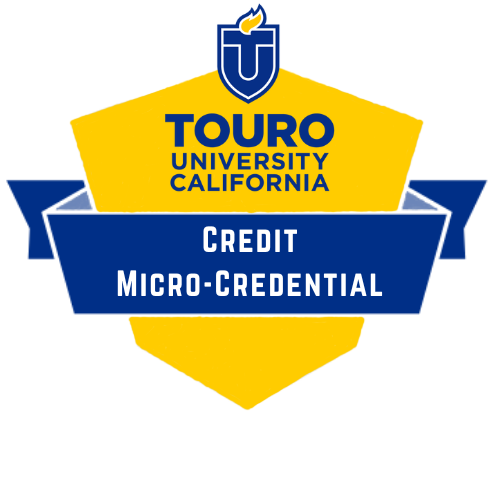
Tier 4 Micro-Credential: Credit
- must include at least two (2) credit badges
- should include a minimum of six (6) undergraduate or graduate credit hours
Touro University does not offer experiential or skills micro-credentials.
Contact
If you have questions about digital badges and/or micro-credentials offered by Touro University, please contact us:
microcredentials@touro.edu
(707) 638-5952
To learn more about Canvas Credentials, you can find answers to frequently asked questions on the Instructure Canvas Credentials page or visit our Touro University Canvas Credential Site.
